Replacing light fixture--no white or black wires
seattle_rain
14 years ago
Featured Answer
Comments (13)
seattle_rain
14 years agobrickeyee
14 years agoRelated Professionals
North Versailles Electricians · Cape Girardeau General Contractors · Havre de Grace General Contractors · Mira Loma General Contractors · North Lauderdale General Contractors · Troutdale General Contractors · Tyler General Contractors · Los Angeles Solar Energy Systems · Wasco Solar Energy Systems · Richfield Solar Energy Systems · South Whittier Home Automation & Home Media · Algonquin Home Automation & Home Media · Brookline Home Automation & Home Media · Plantation Home Automation & Home Media · San Pablo Home Automation & Home Mediahrajotte
14 years agobrickeyee
14 years agoBilll
14 years ago4boys2
14 years agocountryboymo
14 years agoCandace Evans Denk
8 years agolfilkow
7 years agolast modified: 7 years agoMichael Reaves
6 years agogreg_2015
6 years agoralphei
6 years ago
Related Stories
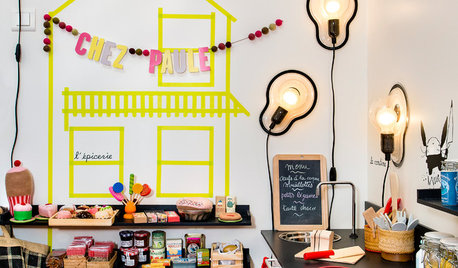
LIGHTING10 Ways With Wall Lights That Don’t Need to Be Wired In
Learn how to add illumination to your home without carving into the walls
Full Story
MOST POPULARKitchen Evolution: Work Zones Replace the Triangle
Want maximum efficiency in your kitchen? Consider forgoing the old-fashioned triangle in favor of task-specific zones
Full Story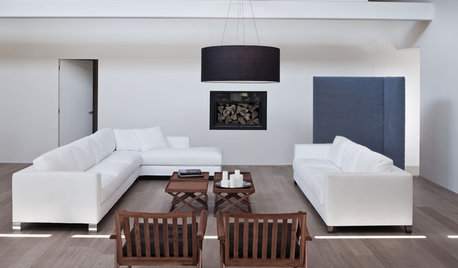
BLACKBlack Lighting Fixtures Have Bright Prospects
Explore the darkest reaches of the lighting world — black lights have endless potential for bringing out the dramatic side of rooms
Full Story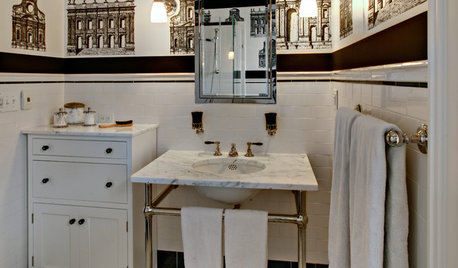
BATHROOM MAKEOVERSBlack and White Bring Classic Style to a Bath
High-contrast styling and architecture-loving wallpaper give a New Jersey bathroom eye-catching elegance
Full Story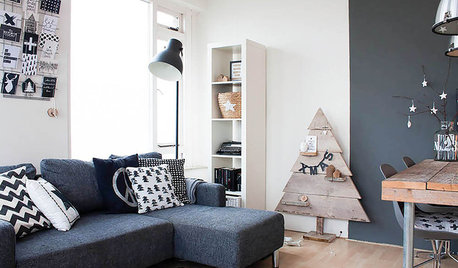
HOUZZ TOURSMy Houzz: Black and White Make a Dutch Apartment All Right
Graphic and creative touches give a 600-square-foot city rental chic style on a modest budget
Full Story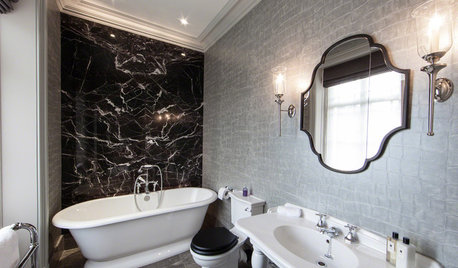
BATHROOM DESIGNWhite Toilet, Black Lid: Trending in a Bathroom Near You
Contrast is king with this look for the bath — and it works with any style you can think of
Full Story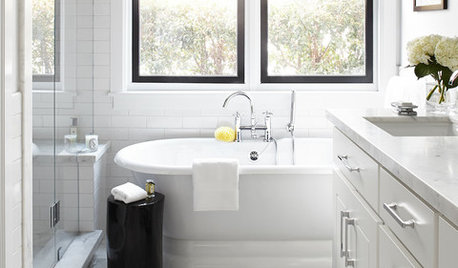
BATHROOM DESIGNBath of the Week: Black, White and Classic, With Some Twists
Black trim and tile keep an otherwise snowy bathroom in a 1910 home from feeling sleepy
Full Story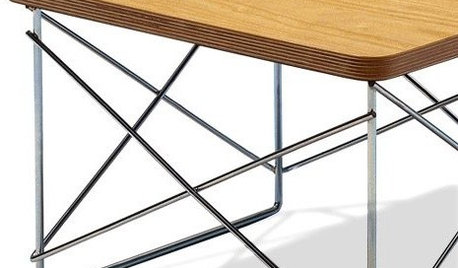
FURNITUREModern Icons: The Eames Wire Base Table
Simple modern table is light and versatile enough for every room in the house
Full Story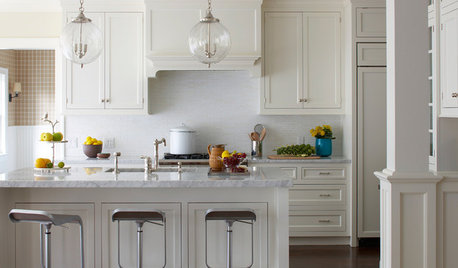
DECORATING GUIDESObjects of Desire: 8 Gorgeous Globe Light Fixtures
Conjure the music of the spheres with everything from a single globe light to a constellation of pendants
Full Story
LIGHTINGYour Guide to Common Light Fixtures and How to Use Them
Get to know pot lights, track lights, pendants and more to help you create an organized, layered lighting plan
Full StorySponsored
Central Ohio's Trusted Home Remodeler Specializing in Kitchens & Baths
More Discussions








toxcrusadr